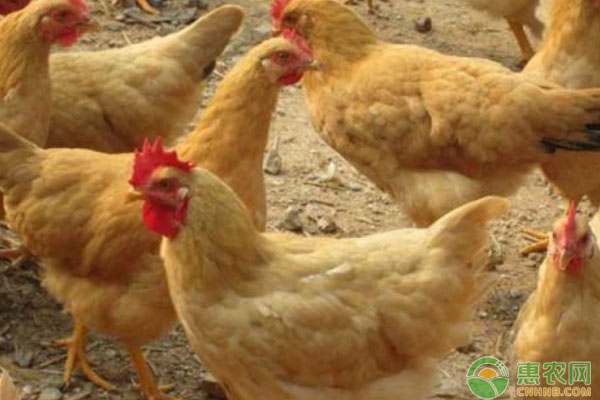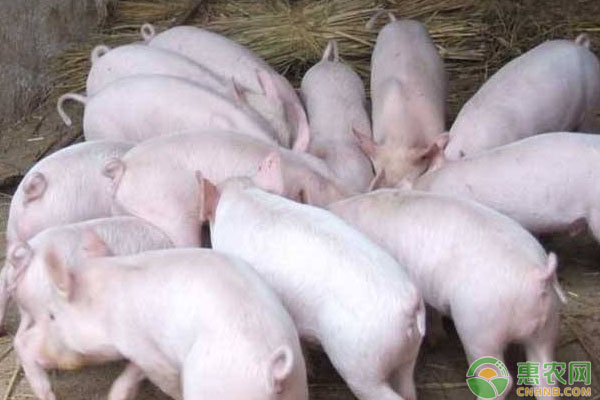What are the common misunderstandings in the diagnosis and treatment of livestock diseases? With the development of society, people's living standards have gradually improved, and their awareness of their own health has become stronger and stronger. Especially for the safety of animal husbandry products, it is necessary to know that raising pigs is a major event for the national economy and the people's livelihood. Work is also getting more and more attention. Today, Xiaobian talks about the common misunderstandings and control suggestions for the diagnosis and treatment of livestock diseases. 1. Common misunderstandings in the diagnosis and treatment of diseases in livestock and poultry breeding 1. The medication is too blind Some veterinarians have insufficient clinical experience. If they are unable to clarify the specific diseases of livestock and poultry, they will carry out disease prevention and control for livestock and poultry according to their own habits and basic theoretical knowledge. Not only can they not effectively control livestock and poultry, but they also aggravate the condition of livestock and poultry. And even lead to death. On the other hand, even veterinarians with many years of experience in medical practice are limited by various factors, and there is no relevant experience in animal anatomy, which leads to the lack of value of some veterinarian clinical experience. Some veterinarians still use traditional methods of prevention and control of livestock and poultry diseases. When they encounter diarrhea, they stop diarrhea, prevent disease and prevent the disease from getting better. The lack of scientific testing means is not conducive to the correct diagnosis and treatment of livestock diseases. Affect the therapeutic effect. 2, the application of the drug is not clear Because some veterinarians are not clear about the pharmacology and efficacy of veterinary drugs, in the case of unclear applicability of the drug, the livestock and poultry are administered only by simple instructions. Seeing that the condition of livestock and poultry has not improved, it will blindly increase the amount of medication, which is extremely unfavorable for the treatment of livestock diseases, and will aggravate the condition. 3, the lack of scientific basis for drug use Nowadays, the amount of veterinary medicine is usually based on the weight of livestock and poultry. The measurement of drug use, the number of treatments per day, the need to take several days of continuous use, etc., without scientific basis as a guide, which also buried the hidden dangers of livestock poisoning. It is necessary to know that blindly increasing the dose can cause livestock and aggravation in severe cases, and even directly lead to death. Second, effective control suggestions for common misunderstandings in the diagnosis and treatment of livestock and poultry diseases 1. The medicine should be scientific and targeted. When the disease occurs, try to choose the method of drug sensitivity test to avoid harm to livestock and poultry. Adhere to a comprehensive quality approach, but also pay attention to the adverse effects of drugs on livestock and poultry. The epidemic should be based on prevention, strengthen the feed management of livestock and poultry, and promote preventive measures for regular disinfection, thereby improving the healthy development of livestock and poultry breeding. 2, the dosage should be reasonably controlled Scientific use of drugs, to ensure that the dose can not be too large. In the use of drugs, combined with the scientific test of the condition of livestock and poultry, adhere to the principle of scientific use of pesticides, to avoid increasing or decreasing according to their own experience. 3, pay attention to the principle of medication According to different conditions and different medications, the treatment course is formulated, usually 3-5 days is a course of treatment. If the condition of the livestock and poultry improves, the condition will be reduced, and it should be continued to be administered twice, which can also achieve the effect of consolidating the curative effect. 4, the route of administration needs to be rationally optimized Oral as much as possible, oral administration, try to avoid the use of intramuscular injection to reduce the stress response caused by intramuscular injection. 5, improve the technical level of veterinarians Veterinarians should combine their advanced testing equipment and related professional knowledge to improve their diagnosis and treatment capabilities. In practice, we constantly update our professional knowledge, introduce advanced technology and experience, and improve our comprehensive ability. Toughening agent refers to the material that can increase the flexibility of adhesive film. Some thermosetting resin adhesives, such as epoxy resin, phenolic resin and unsaturated polyester resin adhesives, have low elongation and high brittleness after curing. When the adhesive parts bear external forces, they are easy to crack and rapidly expand, resulting in cracking of the adhesive layer, fatigue resistance, and can not be used for structural bonding. Therefore, we must try to reduce brittleness, increase toughness, improve the bearing strength. Any material that can reduce brittleness and increase toughness without affecting other major properties of the adhesive is a toughening agent. It can be divided into rubber toughening agent and thermoplastic elastomer toughening agent. Imported Premium Flexibilizer,Imported Premium Abs Plastic,Premium Polyamide Resin,Imported Premium Mbs Xingbang High Molecular Materials Co., Ltd. , https://www.chemicaladditive.com


What are the common misunderstandings in the diagnosis and treatment of livestock diseases? Livestock and poultry disease diagnosis and treatment control recommendations
Next Article
Dragon fruit planting and scaffolding technology
Prev Article
When is the autumn cucumber planted?